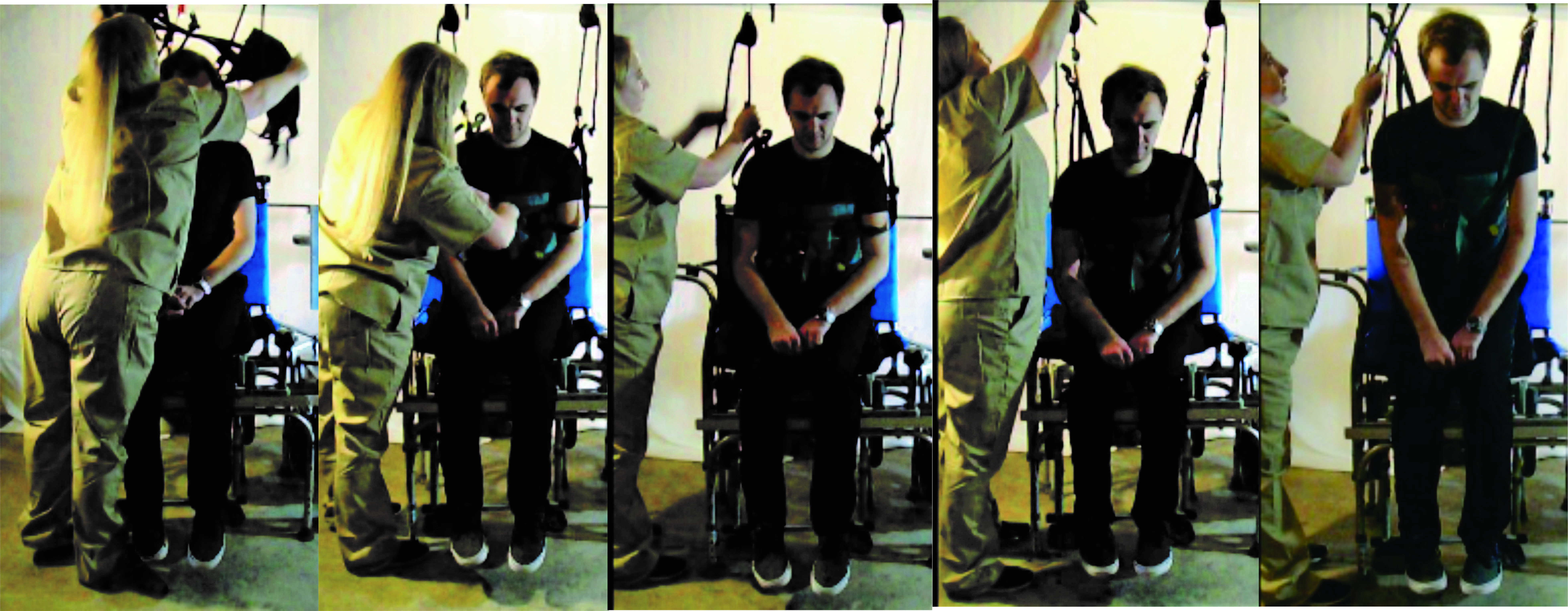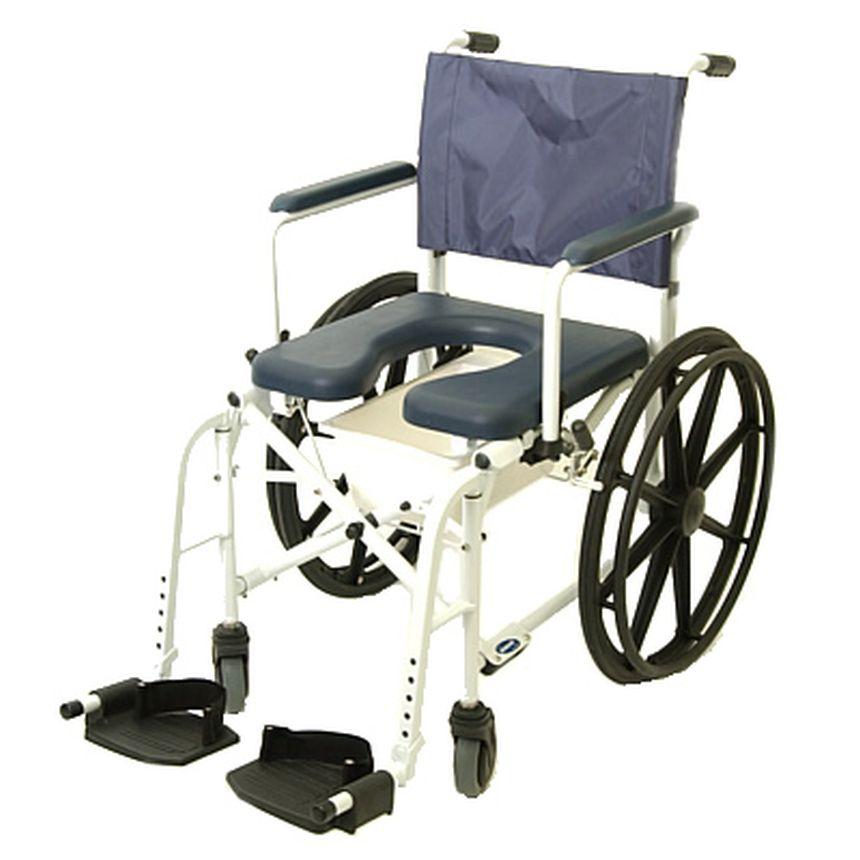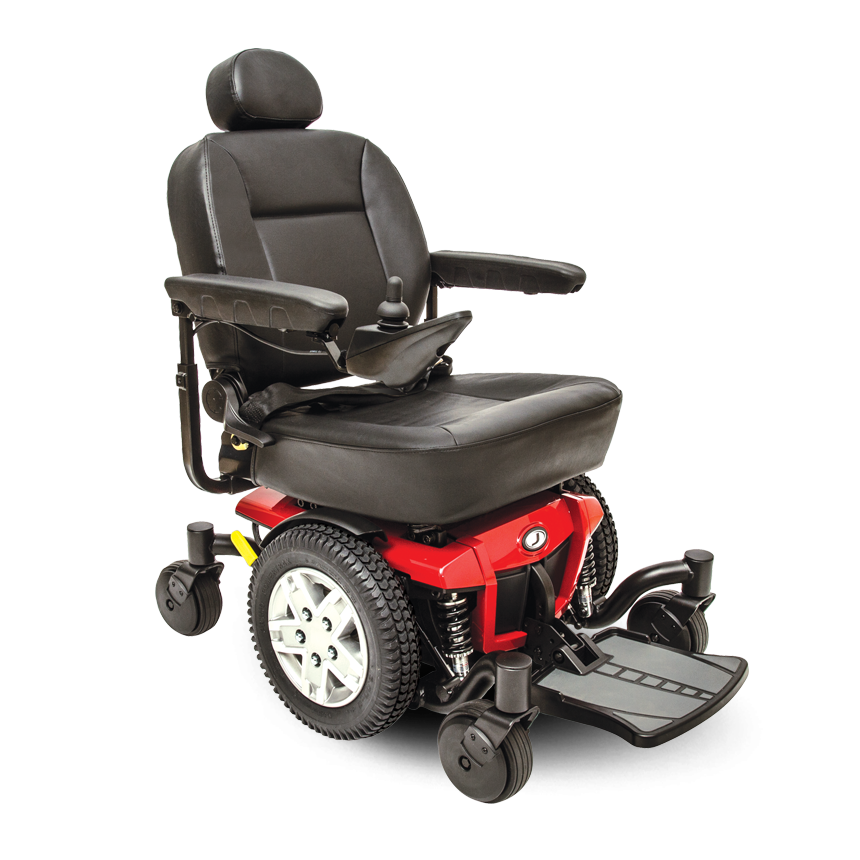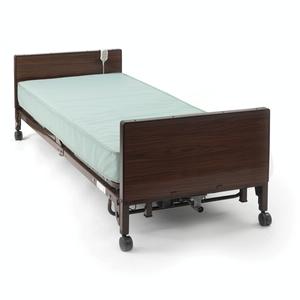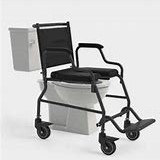Mobility is critical when caring for disabled persons in the home.
A device to move disabled people between beds, wheelchairs, shower chairs, and
especially commodes
is valuable if it is:
Inexpensive - ~$150 USD cost of parts excluding vest/sling
Fast - 40 sec. to 2 min. transfer
Safe - person raised 6 inches, only unsupported for 6 - 20 secs.
Compact - takes up no floor space
Easy to use - caregiver's own body weight hoists person
Single-caregiver transfer - sling lifts require 2
caregivers
Minimally invasive - person hoisted for as little as 6 secs.
Easy to learn - transfer method can be learned in 10 mins.
Versatile - transfers between multiple patient mobility devices
Transfers large patients - over twice the weight of caregiver
Such devices do not exist in the marketplace.
We therefore decided to make our own device
(construct a DIY hoisting device).
Disclaimer: Aging-At-Home.org claims no medical or engineering expertise, and
seeks only to share information we have found useful with others.
Any use of the information provided is up to others, and we assume no
liability for such use. This website is for information purposes only.
This information is not provided for the purpose of diagnosing,
treating, mitigating, or preventing any type of disease, disability, or medical
condition.
Low Cost Construction
This site describes how we constructed a simple
Do-It-Yourself transfer device for less than $150 USD. This does not include the cost of vest or
sling since some people already have these items.
Fast Construction
We estimate that Version 2.0 of the device's components (a simplified version) can be
made ready for assembly in under 30 minutes using only
a manual or power drill, adjustable wrenches, and steel cutter
(a chop saw or hack saw). This
version can be assembled in about 4 minutes as shown in the
Version 2.0
Build Process Video. So the greatest challenge is to obtain the
parts. However all the parts are readily available in most areas with
the "rope ratchets" and "load binders" being the most uncommon or
unfamiliar parts
composing the device.
Transfer to Different Device Destinations
Caregivers can hoist a disabled person in a wheelchair and
transfer the
person to a commode, a shower chair, or a home-care bed in as little as 40
seconds.
Quick transfer to commodes is especially important to reduce incontinence
and the need for adult briefs or diapers which are a source of great
embarrassment to the disabled person and great labor and financial cost to the caregiver. Fast, safe bed transfers
are of critical
importance when caring for the disabled, especially in the home (see
Bed Transfer Video.)
Demonstration Videos
To see how we used the Aging-At-Home device to transfer a person from
a wheelchair to a commode (transfer to a
shower chair or mobility scooter would use a similar method),
please view the following three minute video:
Device Demonstration Video.
There are more videos showing different kinds of transfers using the
Aging-At-Home device
on the Videos page:
Demonstration Videos
of Bed and Other Forms of Transfer.
Cost Savings and the Desirability
of Aging in Place
Though a mechanism similar to the Aging-At-Home device will
initially be most usable in
developing countries, it could also
permit families in the US to save tens of thousands of
dollars in nursing home costs (now averaging over $90,000 USD
per year) in just a few months. These savings could occur when people with common
disabilities that limit mobility
are permitted to remain in
the home cared for by a single smaller and lighter caregiver (eg., wife caring
for husband) as they lose mobility, and become fully dependent.
The above cost savings do not include reduced costs of insurance and medical care that
result from avoiding prolonged bed confinement. Such confinement can
result in the need for costly
treatments for
urinary tract infections, bed sores, poor circulation,
blood clots, hypostatic pneumonia, and depression.
People with advanced dementia who
cannot understand and follow the caregiver's instructions are especially prone to becoming
bed-bound or bedridden, and are often subject to these dangerous medical conditions.
The device can thus avoid both forced institutionalization and
serious conditions
and their associated high costs. It can permit seniors to age at
home
which is preferred by almost 90% of people over age 50.
One notable feature of our prototype device is the potential to allow
some stronger disabled people to
self-transfer. In such cases, people can avoid the need for (and expense
of) a caregiver
to be continuously present.
Click the NEXT link at the bottom of the page to view the "basic design"
page.

